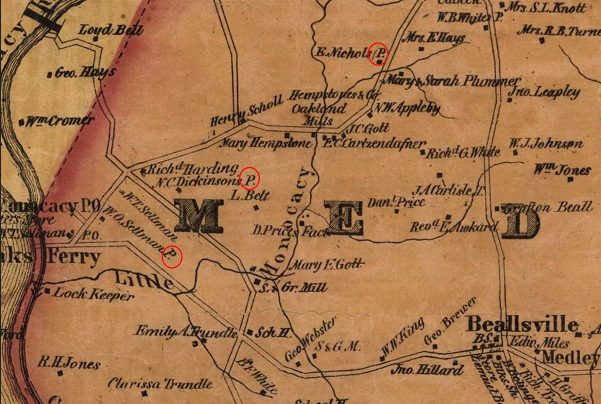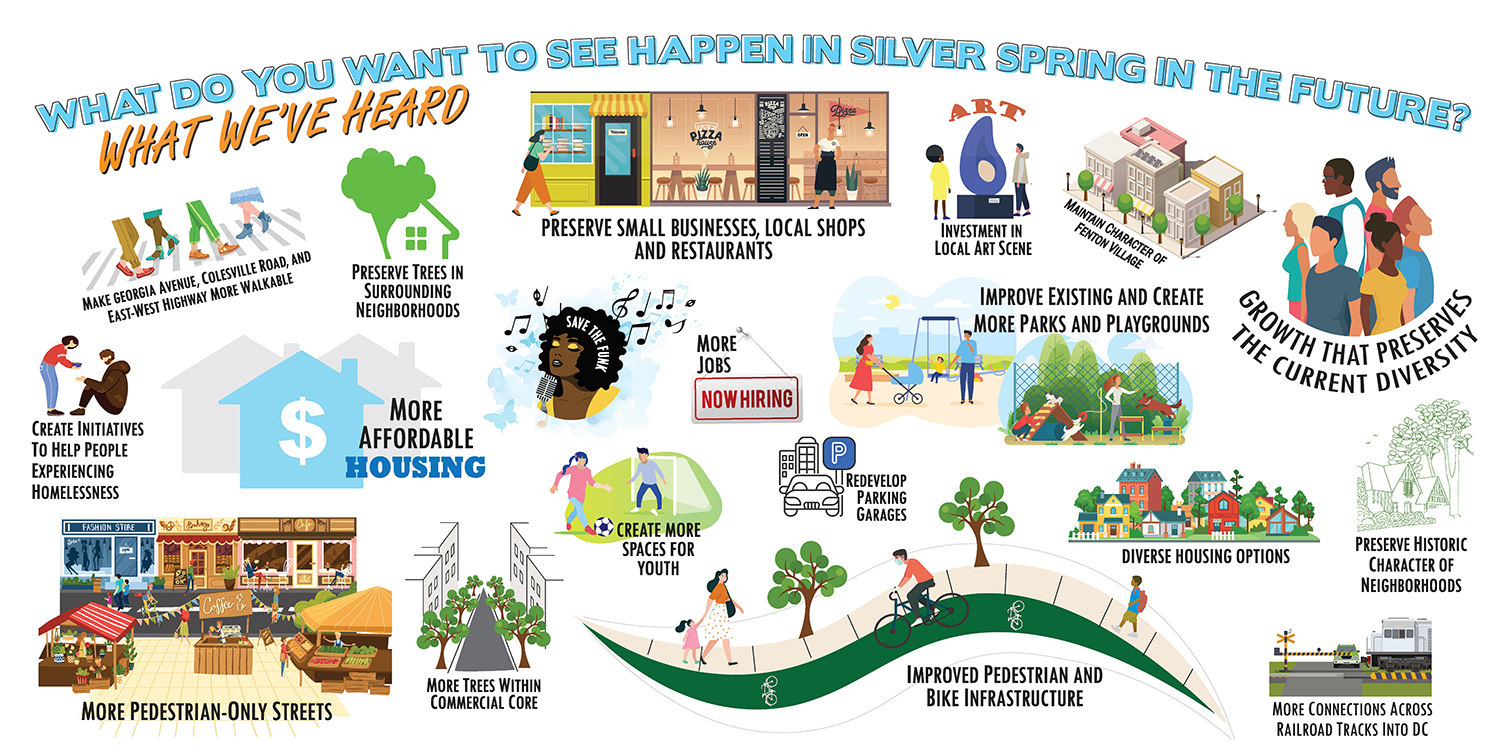
A conversation with Montgomery Planning’s “equity data team” on the award-winning Equity Focus Areas analysis and story map
By Pamela Zorich, Jay Mukherjee, and Karen Blyton
Montgomery Planning is committed to eliminating racial inequities and creating equitable communities within Montgomery County. One key part of this work is the Equity Focus Areas (EFA) analysis, created by our Equity Data Team. The team recently won a 2021 Data Viz Award from the Association of Public Data Users for their story map created to illustrate their findings.
We sat down with two members of the Equity Data Team, Pamela Zorich and Jay Mukherjee, to discuss their work on this analysis, how it may help create a more equitable Montgomery County, … Continue reading






